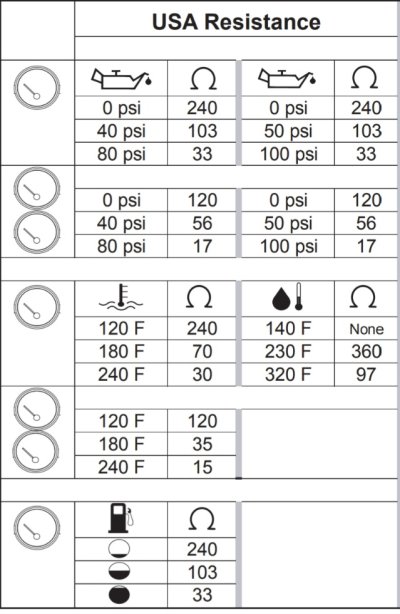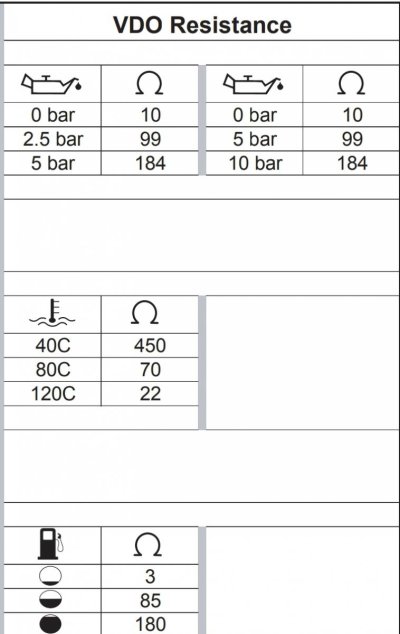Per
Guru
- Joined
- Jan 25, 2011
- Messages
- 622
eh - have been doing fairly well without too many incidents this year.
however on our last trip, i early on noticed my sb alternator was out of range pushing over 15volt, had to slow down to apprx 1000 rpm to keep it in range.
once i got to our destination, I snipped the yellow wire to take it out of action in order to get back home at our regular cruising speed. the return went without incidents.
i ordered a new alternator and had my electrician swap the two...
on test ride i noticed if i click on the engine gauge lights, all gauges go full right. so i kept the gauges light off but now seems to be mushrooming..
i turn the ignition to on on sb and gauges comes on normal, when i also turn on the port ignition all the gauges goes full deflection (fuel gauges, oil pressure etc).
my electrician is sorta lost, any advise appreciated.
however on our last trip, i early on noticed my sb alternator was out of range pushing over 15volt, had to slow down to apprx 1000 rpm to keep it in range.
once i got to our destination, I snipped the yellow wire to take it out of action in order to get back home at our regular cruising speed. the return went without incidents.
i ordered a new alternator and had my electrician swap the two...
on test ride i noticed if i click on the engine gauge lights, all gauges go full right. so i kept the gauges light off but now seems to be mushrooming..
i turn the ignition to on on sb and gauges comes on normal, when i also turn on the port ignition all the gauges goes full deflection (fuel gauges, oil pressure etc).
my electrician is sorta lost, any advise appreciated.


